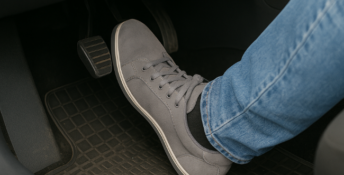
- 1 Understanding Clutch Operation
- 2 What Constitutes Riding the Clutch?
- 3 Signs You’re Riding the Clutch
- 4 Mechanical Consequences of Clutch Riding
- 5 Repair Cost Breakdown and Hidden Costs
- 6 Legal and Safety Considerations
- 7 How to Avoid Riding the Clutch
- 8 Alternative Solutions and Technologies
- 9 Maintenance and Prevention
- 10 Driving Instruction and Education
- 11 Environmental Impact
- 12 Key Takeaways
Many drivers unknowingly engage in a harmful practice called riding the clutch, which involves keeping your foot partially pressed on the clutch pedal whilst driving. This continuous partial engagement prevents the clutch plates from fully engaging, causing excessive friction, heat buildup, and premature wear that can lead to costly repairs and reduced vehicle performance. Understanding what constitutes clutch riding and how to avoid it is essential for maintaining your vehicle’s manual transmission system.
Understanding Clutch Operation
Before examining clutch riding behaviour, it’s essential to understand how a clutch works in manual transmission vehicles. The clutch system consists of several key components that work together to transfer power from the engine to the transmission.
Key Clutch Components:
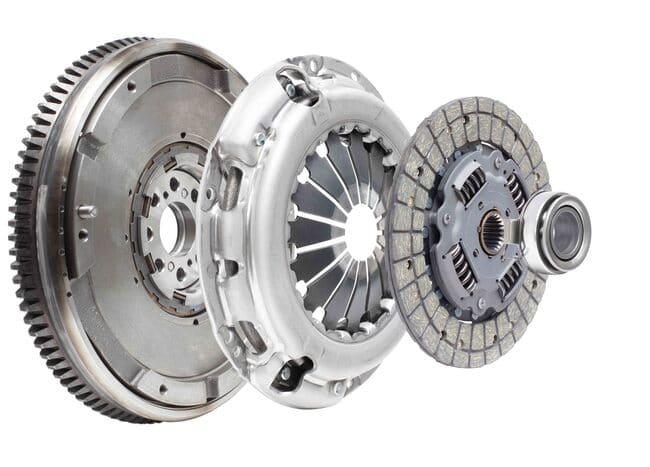
When the clutch pedal is fully released, the pressure plate clamps the clutch disc firmly against the flywheel, creating a solid connection between engine and transmission. Pressing the clutch pedal fully disengages this connection, allowing gear changes.
What Constitutes Riding the Clutch?
Partial Pedal Depression The most common form of clutch riding occurs when drivers rest their foot on the clutch pedal during normal driving. Even light pressure can partially disengage the clutch, causing the friction surfaces to slip against each other continuously.
Traffic Light Holding Many drivers hold the clutch pedal down whilst waiting at traffic lights rather than selecting neutral. This practice keeps the release bearing under constant load and can cause premature failure.
Hill Starting Assistance Using clutch slip to prevent rolling backwards on hills creates excessive heat and wear. Modern vehicles often include hill-start assist systems to eliminate this need.
Gear Selection Delays Holding the clutch pedal down for extended periods during gear selection, particularly when learning to drive, places unnecessary stress on clutch components.
Signs You’re Riding the Clutch
Burning Smell A distinctive acrid odour, often described as burning paper or rubber, indicates clutch material overheating due to excessive slipping.
High Biting Point When the clutch engagement point moves higher up the pedal travel, it suggests significant wear to the clutch disc friction material.
Slipping Under Load The engine revs increase without corresponding acceleration, particularly noticeable when climbing hills or accelerating hard.
Juddering During Engagement Vibrations through the pedal and vehicle when engaging the clutch indicate warped or contaminated friction surfaces.
Audible Warning Signs

Mechanical Consequences of Clutch Riding
Clutch Disc Deterioration Continuous slipping causes rapid wear of the friction material bonded to the clutch disc. Normal clutch discs should last 60,000-100,000 miles, but according to AUTODOC data, riding can reduce this to 20,000-30,000 miles.
Pressure Plate Damage Excessive heat can warp the pressure plate surface, creating uneven contact with the clutch disc and causing juddering during engagement.
Release Bearing Failure Constant loading of the release bearing through clutch riding leads to premature bearing failure, often accompanied by squealing or grinding noises.
Flywheel Surface Damage Severe clutch abuse can damage the flywheel surface, requiring expensive machining or replacement during clutch repairs.
Repair Cost Breakdown and Hidden Costs
| Component | Typical Replacement Cost | Labour Hours | Total Cost Range |
| Clutch Disc Only | £80-£200 | 4-6 hours | £320-£680 |
| Complete Clutch Kit | £150-£400 | 4-6 hours | £390-£880 |
| Clutch + Flywheel | £300-£700 | 5-7 hours | £640-£1,260 |
| Dual Mass Flywheel | £400-£800 | 6-8 hours | £880-£1,480 |
Beyond direct repair expenses, clutch riding creates additional financial burdens:
Increased Fuel Consumption Slipping clutches waste engine power, increasing fuel consumption by 5-15% during affected driving periods.
Transmission Damage Risk Severe clutch abuse can contaminate transmission oil with clutch material, potentially requiring gearbox repairs.
Vehicle Downtime Clutch replacement typically requires 1-2 days in the workshop, creating inconvenience and potential loss of earnings.
Legal and Safety Considerations
Under UK law, drivers must maintain proper control of their vehicles at all times. A failing clutch due to abuse could potentially result in dangerous situations where the driver cannot properly control the vehicle’s speed or movement.
MOT Test Implications Severely worn clutches can cause MOT failures under the following categories:
Insurance Considerations
Motor insurance policies typically cover mechanical failures due to normal wear and tear, but may exclude coverage for damage caused by driver negligence or improper vehicle operation.
How to Avoid Riding the Clutch
Foot Positioning Keep your left foot completely off the clutch pedal during normal driving. Rest your foot on the floor or a designated foot rest, never on the pedal itself.
Complete Engagement Always fully release the clutch pedal after gear changes. AUTODOC technical team advises that the clutch should engage with a definite feel, not gradually over several seconds.
Traffic Management In heavy traffic, select neutral and release the clutch pedal rather than holding it down. This reduces wear on the release bearing and reduces driver fatigue.
Hill Starting Technique
Handbrake Method
- Apply the handbrake firmly
- Find the clutch biting point
- Add slight accelerator pressure
- Release the handbrake as the clutch engages
- Complete the clutch engagement smoothly
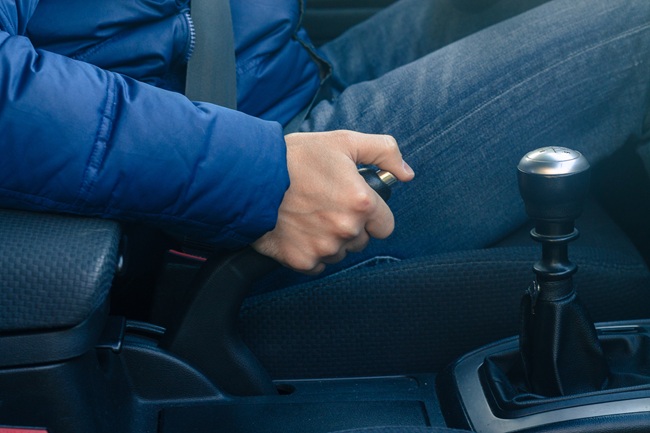
Modern Assistance Systems Many contemporary vehicles include hill-start assist that automatically holds the brakes for several seconds after releasing the brake pedal, eliminating the need for clutch slip.
Alternative Solutions and Technologies
Modern automotive engineering has developed several alternatives to traditional manual transmissions that address the challenges of clutch riding and driver error. These technologies range from fully automatic systems to semi-automatic solutions that combine the benefits of both manual and automatic transmissions.
Automatic Transmission Benefits
Torque Converter Operation Automatic transmissions use fluid coupling rather than friction plates, eliminating the possibility of clutch riding behaviour entirely.
Modern Efficiency Contemporary automatic gearboxes often provide better fuel economy than manual transmissions, particularly in urban driving conditions with frequent stop-start traffic.
Semi-Automatic Systems
Dual-Clutch Technology Dual-clutch automated manual transmissions provide the efficiency of manual gearboxes with the convenience of automatic operation, removing driver error from clutch operation.
Maintenance and Prevention
Annual Checks Include clutch operation assessment in annual vehicle servicing, checking for proper pedal travel, engagement point, and absence of slip.
Professional Assessment Qualified technicians can identify early signs of clutch wear before complete failure occurs, allowing planned replacement rather than emergency repairs.
Quality Replacement Parts When clutch replacement becomes necessary, choosing appropriate quality components ensures longevity and performance. Complete clutch repair kits typically include all necessary components for comprehensive restoration.
Kit Advantages:
Driving Instruction and Education
Proper driving education plays a crucial role in preventing clutch riding habits from developing in the first place. Understanding how these behaviours form during the learning process and addressing them through targeted instruction can significantly reduce long-term vehicle wear and maintenance costs.
Learner Driver Habits
New drivers often develop clutch riding habits during the learning process. Professional driving instructors emphasise proper clutch technique to prevent these behaviours from becoming established patterns.
Common Learning Mistakes:
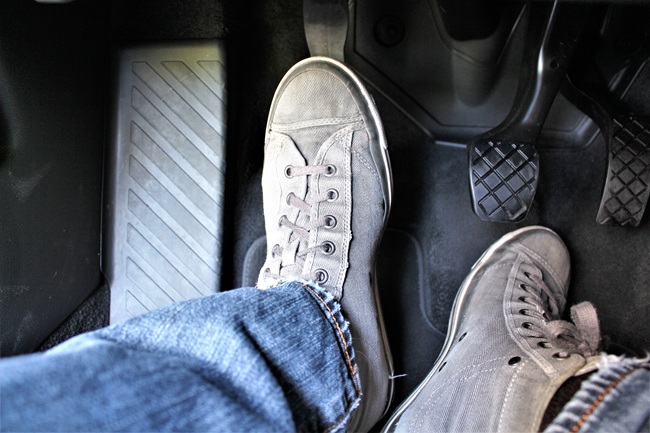
Advanced Driving Techniques
Experts at AUTODOC highlight that advanced driving courses benefit drivers who want to improve their mechanical sympathy and reduce vehicle wear. These courses cover efficient driving techniques that extend component life and improve fuel economy.
Environmental Impact
The environmental consequences of clutch riding extend beyond immediate vehicle performance issues. Poor clutch technique contributes to increased fuel consumption, higher emissions output, and accelerated component wear, all of which have measurable environmental effects that compound over the lifetime of a vehicle.
Emissions Consequences
Clutch slip wastes fuel and increases emission output. A slipping clutch forces the engine to work harder to maintain speed, directly increasing carbon dioxide production and other exhaust emissions.
Component Disposal
Premature clutch replacement creates additional waste streams. Proper driving technique extends component life, reducing the environmental impact of manufacturing replacement parts and disposing of worn components.
Key Takeaways
Proper clutch technique is fundamental to manual transmission longevity and represents a significant factor in total vehicle ownership costs. Understanding and avoiding clutch riding behaviour protects both your wallet and your vehicle’s mechanical integrity whilst ensuring safe, reliable transportation.


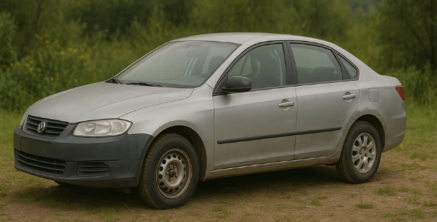


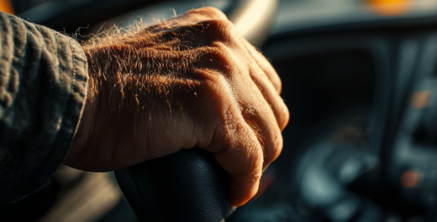
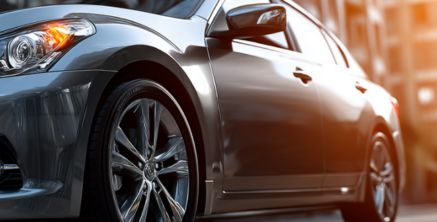
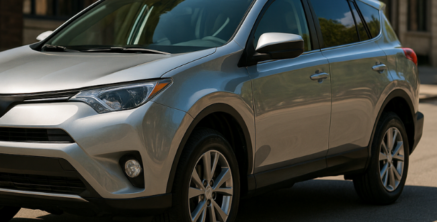
Comment